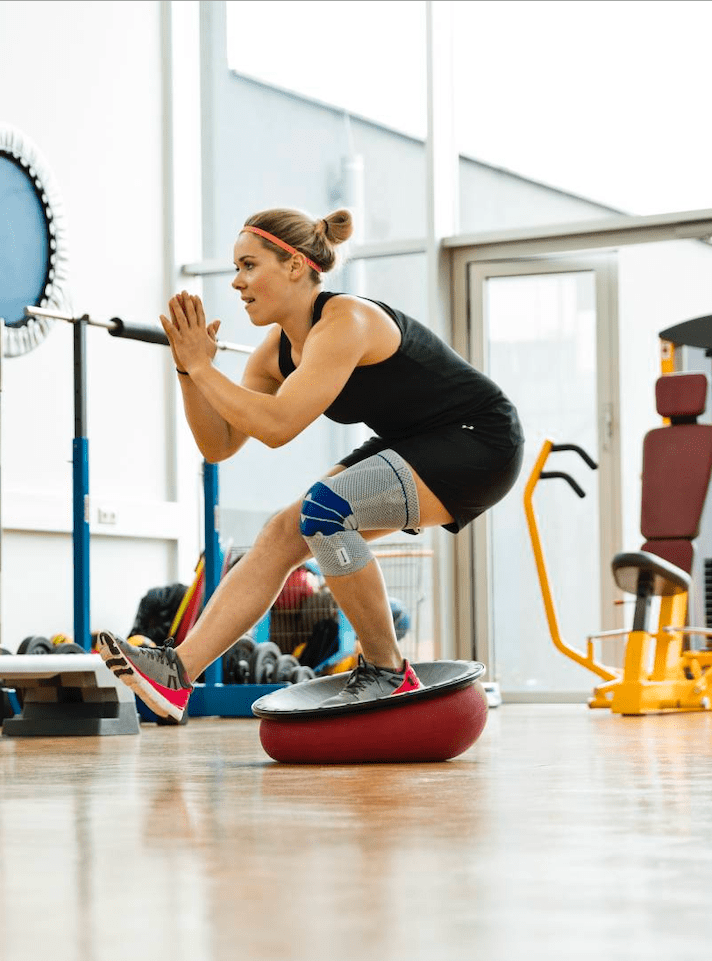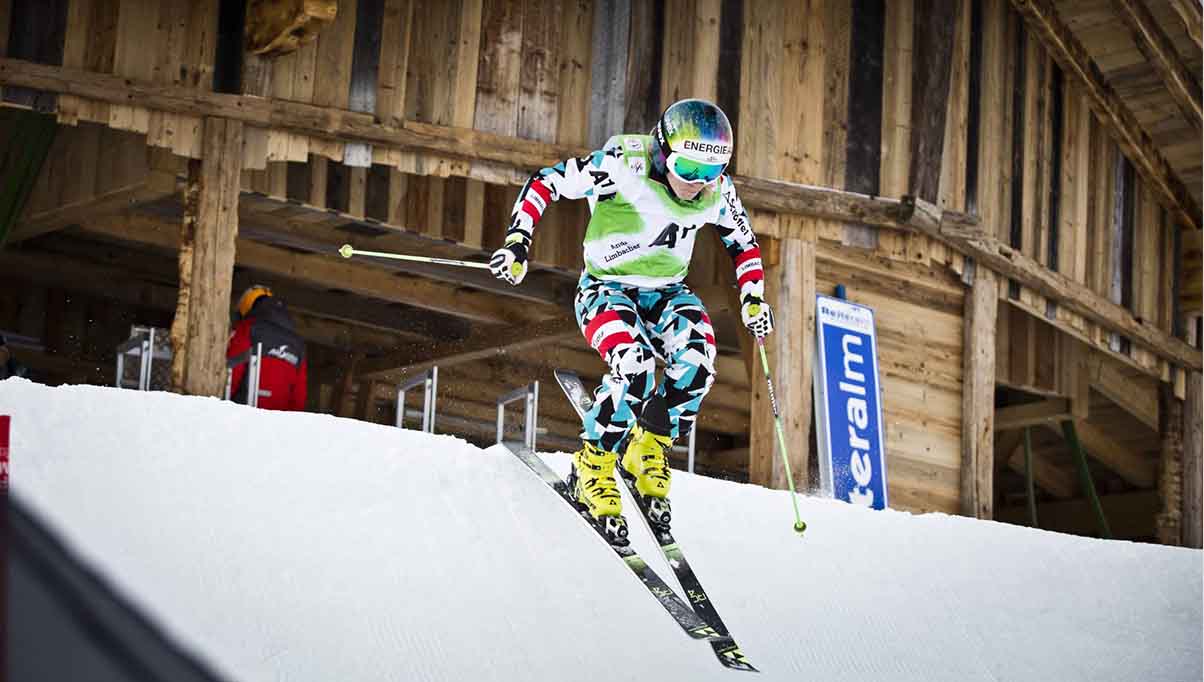Strengthen the Ankles, Knees and Hips.
This exercise is made more difficult by being performed on an unstable surface.
- Begin standing on a balance pad, pillow or other item to provide an unstable surface. Position your feet hip-width or wider apart with toes pointing forward.
- From this position, bend the hips and knees to sink down as if to sit.
- Although your arm position is not critical for this exercise, you may find it helpful to raise your arms forward when squatting.
- Work to keep your knees directly above your ankles at all times. They should not bend beyond your toes nor shift inward or outward.
- Perform both the up and down movements in a controlled fashion. Relax and repeat as your ability allows.
If you have any ankle or knee instability or recovering from one, Bauerfeind's range of ankle braces and knee braces help to stabilise ligaments, tendons and joints. Braces and support garments will decrease inflammation to enhance your recovery and provide support where you need it.
Benefits of instability exercises
The main feature of instability exercises is that they force a more pronounced activation of our stabilising muscles. These stabilising muscles are important to both prevent injury, and to aid in recovery.
For example, with ankle sprains, it is important to restore ankle function as soon as possible after an injury. One important goal is to prevent the ankle from giving way recurrently during weight-bearing activity, such as running, walking, or even standing. This chronic ankle instability, often caused by inadequate healing or rehabilitation after a sprain, can result in chronic ankle sprains, arthritis, or tendon problems.*
No gym? No problem. Staying healthy is easier than ever with our at-home fitness video ideas. Follow our blog or @bauerfeindperformance on Instagram and Facebook, for weekly updates.
*source health.harvard.edu
















